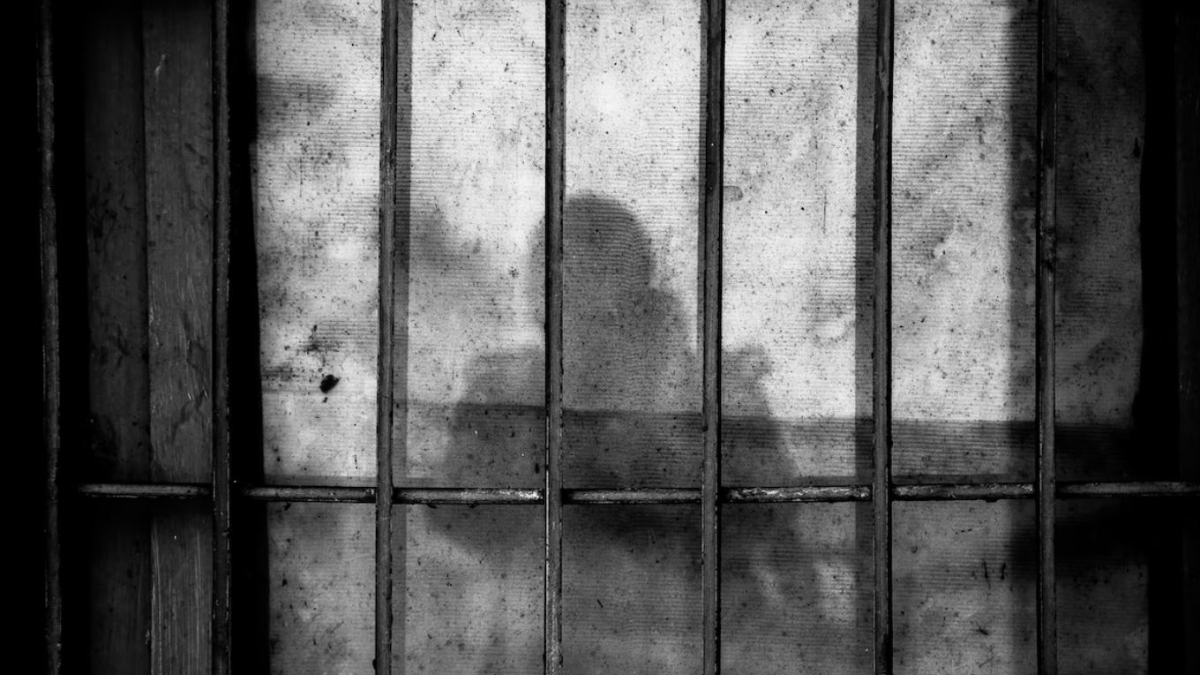

Putting Men in Women’s Prisons: A Social Experiment That Should Never Have Happened
The biological realities of men and women are not social constructs. By ignoring these realities, prisons in the U.S. and Canada are putting incarcerated women at increased risk of rape or violence.
12/20/22
John Stonestreet and Kasey Leander

Recently, Brandon Showalter of The Christian Post described in detail one of the consequences of our culture’s ideas about gender and identity. “Under the banner of ‘gender identity’ men who are hardened criminals but self-identify as female are now allowed to request a transfer to women’s prisons. This is happening in states across the U.S., Canada and the U.K.”
As Showalter reported, an immediate response by many who hear this news is shock and surprise. After all, we were told, this kind of potential harm to women would never happen. Concerns about men taking advantage of the system were overblown.
According to Amie Ichikawa, however, a former inmate at Central California Women’s Facility who now runs a nonprofit for incarcerated women, the experience of men being granted residence in a women’s facility was “the most helpless feeling I’ve had to date.”
I would call home every day crying for weeks, trying to explain to my family that there was a serial rapist housed here. And that this is legal, that the state really did it. … [My family] thought I was delusional. … And that just adds to the helplessness, the feeling of utter vulnerability.
Ichikawa’s experience was no delusion, nor was it an isolated incident. In fact, as more men seek transfer to women’s prisons, incidents are piling up. In 2019, a 29-year-old male inmate named “Janiah Monroe” was transferred to an Illinois women’s prison, despite being convicted of attempted murder, aggravated battery, and strangling a previous cellmate. Within two months, Monroe was accused of raping multiple female prisoners.
“Madilyn” Harks, previously known as Matthew Harks, is a serial sex offender originally imprisoned in Canada for the sexual assault of two children under the age of 5 and another 7-year-old girl while on parole. Despite a psychiatric assessment that determined Harks possessed an “all-encompassing preoccupation in sexually abusing young girls,” he was sent to a women’s halfway house and prison before being released back into a Toronto suburb.
These are just two examples that are not just painful, but predictable. Women make up less than 7% of the total U.S. prison population. Men constitute 80% of those arrested for violent assault and nearly 100% of those who commit sexual assault. Hence, every civilized society, not to mention the articles of the Geneva Convention, advocates for separate prisons for men and women. It’s also notable that almost no individuals who identify as transgender apply for transfer to men’s prisons.
Recently, the U.K. reversed course on men in women’s prisons after they experienced a 70% increase in men identifying as transgender, an increased number of transfer requests, and a wave of sexual assault stats from the U.K. Ministry of Justice.
Activists will argue that these examples are extreme, that taking them seriously is an act of bigotry, and that transgender individuals are uniquely vulnerable in men’s prisons. The truth is more complicated. These examples are not formed out of bigotry, but reality. Locking women in close quarters with criminal men is an obviously bad idea, one so obvious that only an irrational commitment to an ideology can make sense of it.
Making prison safer for everyone, including people who identify as transgender, is a goal worthy of any civilized society, one of the great causes in the life and ministry of Chuck Colson, and grounded only in Christian history. At the same time, the safety of some should never come at the expense of others, especially the most vulnerable. Just yesterday, that was common sense.
No matter our ideals, reality remains. Biology is not a social construct. Rather, it is hardwired into reality. Reality does not disappear because some alter their appearance or claim new pronouns, nor does the tendency of lawless men to victimize women change because we’ve committed ourselves to made-up new virtues such as “inclusion.” This should be especially obvious.
Ignoring the real distinctions between men and women is the social construct, a feature of a culture untethered from reality. The biological realities of men and women are not social constructs. By ignoring these realities, prisons in the U.S. and Canada are putting incarcerated women at increased risk of rape or violence. And the women bearing the brunt of this insanity have virtually no public influence, no recourse, and nowhere to go to escape their situation.
Thanks to Brandon Showalter for giving them a voice. We should listen.
Today’s Breakpoint was co-authored by Kasey Leander. For more resources to live like a Christian in this cultural moment, go to colsoncenter.org.
Have a Follow-up Question?
Related Content

© Copyright 2020, All Rights Reserved.














